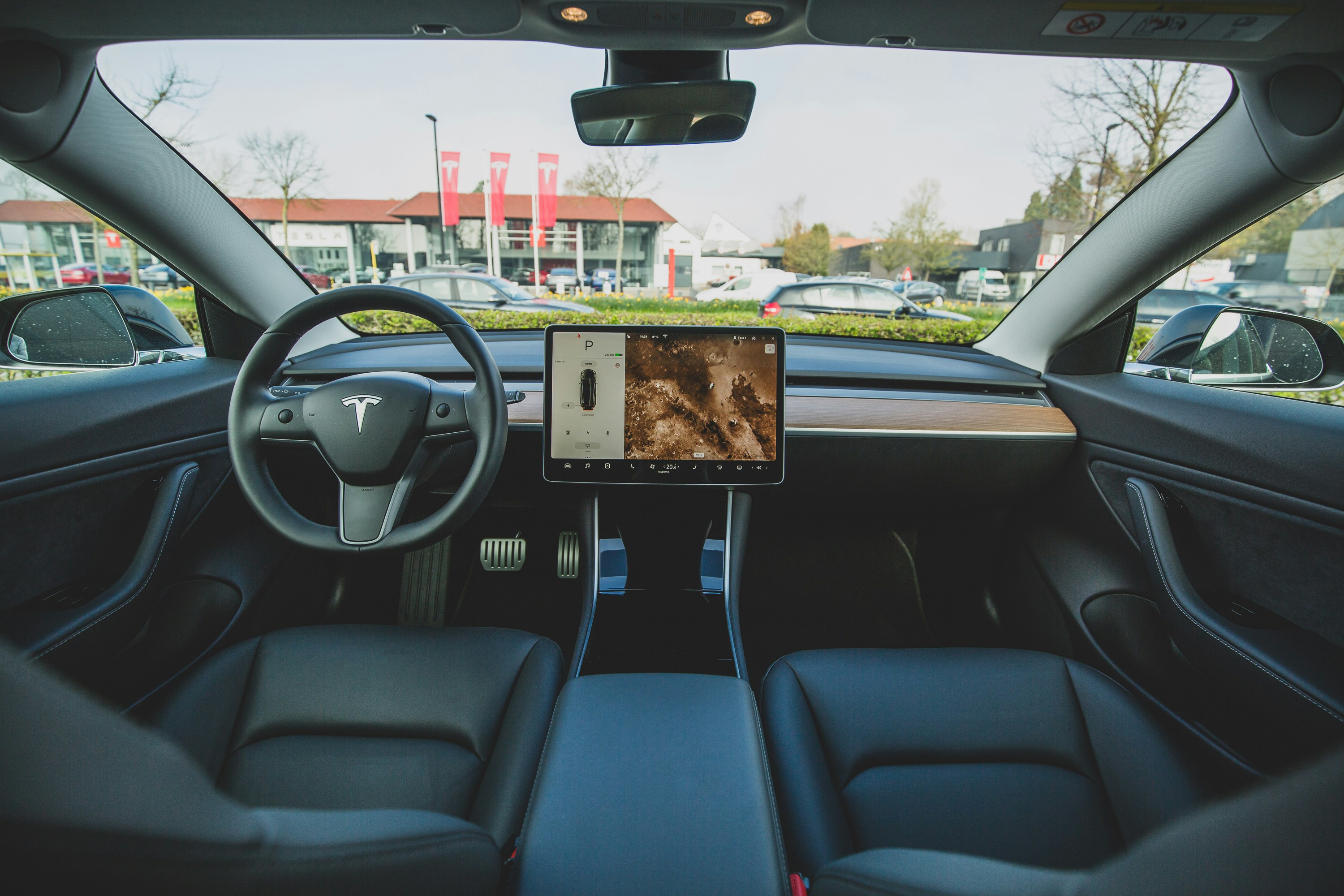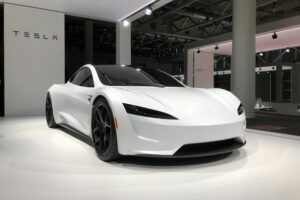Pushing into new markets, Tesla upends business cycles. From energy jobs, the electric carmaker reshapes economies. As vehicles go electric, this forces rethinking how industries function.
Tesla’s spread sparks fresh economic activities, challenges rivals, and bolsters renewable energy – vital insights into its transformative role.
Tesla’s Expansion and the Global Market
Tesla’s automobile success exceeds expectations. The firm relentlessly enhanced electric cars. Like players who play online roulette, Tesla vies for market share across nations like the U.S., Europe, and China, taking calculated risks in its strategic decisions.
While slipping slightly in America and China, Tesla held European ground. This mixed picture reveals an adaptable automaker, balancing continuous influence with strategic shifts, similar to a seasoned roulette player adapting to the game’s dynamics. Now, we examine Tesla’s catalytic effect on the car market’s evolution.
Electric Vehicle Market Growth
In the U.S., Tesla spearheads robust electric vehicle sales, powered by breakthrough motors. With a 46% EV sales hike yearly, Tesla pioneers electrification through sustainable transport.
Tesla makes new cars that show the company is two things: a car manufacturer and a clean energy business that is changing how we travel.
Tesla’s Increasing Sales and Market Share
Tesla has done well in the electric vehicle market, even with competitors. In 2023, Tesla had a significant 4.2% share of the U.S. car market overall.
It sold 654,888 cars, 25.4% more than last year. It beat companies like Volkswagen and BMW. People think Tesla will have over half (51%) of the U.S. EV market share in the last quarter of 2024.
There are problems for Tesla, like times when growth slowed down. There’s also intense competition in this fast-moving market focused on technology and strategy – key things to be successful with electric vehicles.
Impact on Traditional Automakers
Tesla’s growth has shaken up the car market. Established automakers have had to rethink their electric vehicle plans. Some are investing less, which could mean a smaller market share over time.
Ford and General Motors face the shift to electric and supply chain issues. These big companies must adapt and be strong as they deal with Tesla’s significant impact on electric cars.
Tesla’s Expansion: The Important Role of Clean Energy

Tesla offers more than transportation solutions. Greatly focused on energy efficiency and eco-friendly practices, it is deeply integrated.
Tesla saw impressive 148% higher revenue in energy generation and storage (Q1 2023). This shows great success as a clean energy company committed to environmental sustainability.
The following discussion reveals how Tesla continues sustainable innovation. Not only focusing on vehicles but ensuring all powertrain components benefit from advancements in clean energy technology.
Clean Energy: Solar Panels and Renewables
Tesla solar panels use the sun’s energy toward a more sustainable future for homeowners, offering key advantages.
- Decreasing reliance on conventional power grids
- Drastically cutting carbon emissions
- Delivering energy cost savings
- Protection from rising electricity prices
Installing Tesla solar panels and Powerwall confirms economic benefits.
Though electric vehicles overshadow clean energy work now, this segment is crucial to Tesla’s eco-friendly transportation commitment. It is poised to grow as a significant revenue source.
Battery Packs and Energy Storage Solutions
The Powerwall from Tesla is revolutionary. It lets homes become energy-independent hubs. Key benefits include:
- Storing electricity from solar panels and the grid
- Managing when energy gets used
- Ensuring power during outages
- Protecting against fluctuating electricity rates
As an energy storage leader, the Powerwall transforms home energy management.
This advanced battery system offers more than residential self-sufficiency. Homeowners can also profit by selling surplus power to utilities when demand peaks.
Integrating Clean Energy into Tesla Vehicles
Tesla’s sustainability approach unites electric vehicles and clean power systems. The Powerwall stores clean energy to charge Tesla’s electric car fleet.
Combining household and vehicular energy solutions highlights Tesla’s commitment to an all-encompassing clean energy ecosystem.
Manufacturing Expansion and Job Creation

Tesla’s growth impacts local communities. A $3.6 billion investment in Nevada creates 3,000 skilled manufacturing jobs with competitive wages.
We are going to explore Tesla’s manufacturing growth. This change is impacting the auto industry and boosting local economies and jobs.
Factories in California, Nevada, and Austin
Tesla’s gigafactories are modern manufacturing centers for innovation and efficiency. In California, Tesla makes Megapacks and designs vehicles, creating a diverse industrial environment.
The Nevada factory is expanding with two new facilities for better battery cell production and Tesla’s electric Semi truck manufacturing.
New Jobs and Economic Growth
Each job created by Tesla’s gigafactories improves the local economy. Around 10,000 new jobs are expected in Austin. Over 80,000 positions are supported by Tesla in California. These roles drive significant economic activity.
Tesla has generated a $16.6 billion impact on California’s economy. A $2.8 billion boost to Nevada’s economy is anticipated within six years.
Relatedly, real estate values near Tesla’s Austin factory have risen sharply – demonstrating this financial windfall. This has led to more commercial development and new home construction.
Future Expansion Plans
Tesla designed an extensive strategy aimed at broadening its car range. They aim to pump up production capacity to three million vehicles yearly. This puts Tesla on track for massive growth.
Showing a commitment to electric vehicle ecosystems and connectivity standards, Tesla will open its Supercharger network across North America to other EV brands. This is planned by the end of 2024.
Charging Infrastructure Development
Supporting electric vehicles requires essential powertrain parts and infrastructure development. Tesla leads in this area through its Supercharger network with significant power capabilities, continuously enhancing infrastructure initiatives.
How Tesla’s charging system grows helps us understand its role in electric vehicles. It reveals how this network pushes EVs forward.
Supercharger Network Expansion
Tesla’s Supercharger network is expanding rapidly. In 2023, it added lots more stations and charging points. A big achievement was installing California’s 50,000th Supercharger station. This shows Tesla’s commitment to giving customers efficient, accessible charging.
Model 3 drivers benefit greatly from the ability to recharge quickly, getting up to 175 miles of range in just 15 minutes. Tesla is rolling out V4 Superchargers with integrated CCS1 adapters and other user-friendly upgrades. Clearly It’s clearly accommodating more electric vehicles.
Benefits for Tesla Owners
Tesla owners gain unique advantages from the Supercharger network. It significantly improves ownership experience. Rapid charging reduces charging time, unlike standard alternatives.
Additionally, Tesla’s app has advanced features like Energy Value impact cards. These calculate potential solar panel and Powerwall savings, increasing the financial benefits of Tesla ownership.
Boosting EV Adoption Everywhere
Tesla actively lowers barriers for electric vehicle uptake by growing its Supercharger network. By making its “Non-Tesla Supercharger Pilot” usable in over twenty nations, Tesla has widened access to its charging stations, promoting broader EV acceptance.
In the U.S., consumers are increasingly adopting EVs, a big shift in societal views on such vehicles. Surveys reflect this trend, positioning Tesla as a key influence driving this evolving dynamic in the auto industry.

